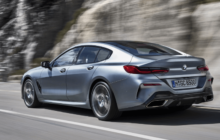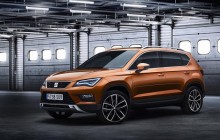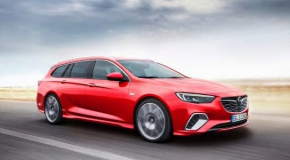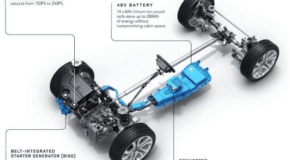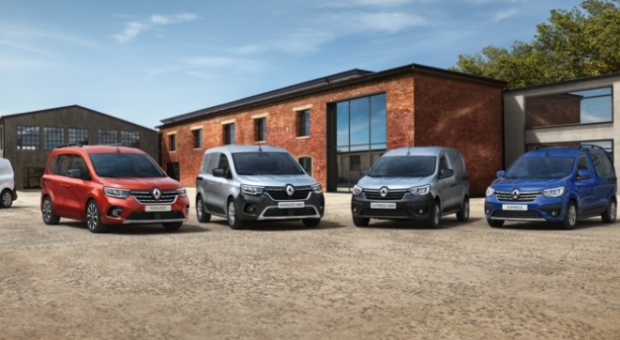
Thermal engines, also known as internal combustion engines, have been the primary power source for cars for over a century. Despite the growing popularity of electric and hybrid cars, thermal engines are still widely used due to their performance and availability. In this article, we will explore whether thermal engines are still a viable option for modern cars and what the future holds for them.
What is a thermal engine?
A thermal engine is a type of combustion engine that converts fuel into mechanical energy. It does this by burning a mixture of air and fuel inside a combustion chamber, which causes the pistons to move and turn the crankshaft, producing rotational energy. This energy is then transferred to the wheels of the car, propelling it forward.
The two main types of thermal engines are gasoline and diesel engines. Gasoline engines use spark plugs to ignite the air-fuel mixture, while diesel engines rely on compression to ignite the fuel. Both types of engines are widely used in cars, trucks, and other vehicles.
Advantages of thermal engines
Thermal engines have several advantages over electric and hybrid engines. First, they are more powerful and offer better acceleration. This is due to their ability to generate high levels of torque at low engine speeds, making them ideal for driving at high speeds or towing heavy loads.
Second, thermal engines have a longer range than electric and hybrid engines. Gasoline and diesel engines can travel hundreds of miles on a single tank of fuel, while electric cars typically have a range of 100-300 miles on a single charge. This makes thermal engines a better choice for long-distance driving or for people who frequently travel to remote areas where charging stations may be limited.
Third, thermal engines are more widely available and easier to maintain than electric and hybrid engines. Gasoline and diesel fuel are readily available at gas stations, while electric and hybrid cars require specialized charging stations that may not be widely available in all areas. Additionally, thermal engines have a simpler design than electric and hybrid engines, which makes them easier to repair and maintain.
Disadvantages of thermal engines
Despite their advantages, thermal engines have several disadvantages. First, they are less efficient than electric and hybrid engines. Thermal engines waste a significant amount of energy in the form of heat, while electric and hybrid engines convert more of the energy stored in their batteries into mechanical energy, making them more efficient.
Second, thermal engines produce emissions that can be harmful to the environment. Gasoline and diesel engines produce carbon dioxide, nitrogen oxides, and other pollutants that contribute to air pollution and climate change. This has led to increasing pressure on automakers to reduce emissions and improve fuel efficiency.
Third, thermal engines require fossil fuels to operate, which are a finite resource. As oil reserves continue to dwindle, the cost of gasoline and diesel fuel is likely to increase, making thermal engines less economical in the long run.
Future of thermal engines
Despite their disadvantages, thermal engines are likely to remain a viable option for cars for the foreseeable future. While electric and hybrid cars are becoming increasingly popular, they still account for a small percentage of total car sales, and many people still prefer the power and range offered by thermal engines.
To address concerns about emissions and fuel efficiency, automakers are investing in new technologies to improve thermal engines. This includes developing engines that can run on alternative fuels, such as ethanol or biodiesel, and improving engine efficiency through technologies such as direct injection and turbocharging.
Conclusion
In conclusion, thermal engines are still a viable option for cars, despite the growing popularity of electric and hybrid engines. They offer several advantages, including better performance and longer range, and are more widely available and easier to maintain than electric and hybrid engines. However, they also have several disadvantages, including lower efficiency and harmful emissions, and are dependent on finite fossil fuels


